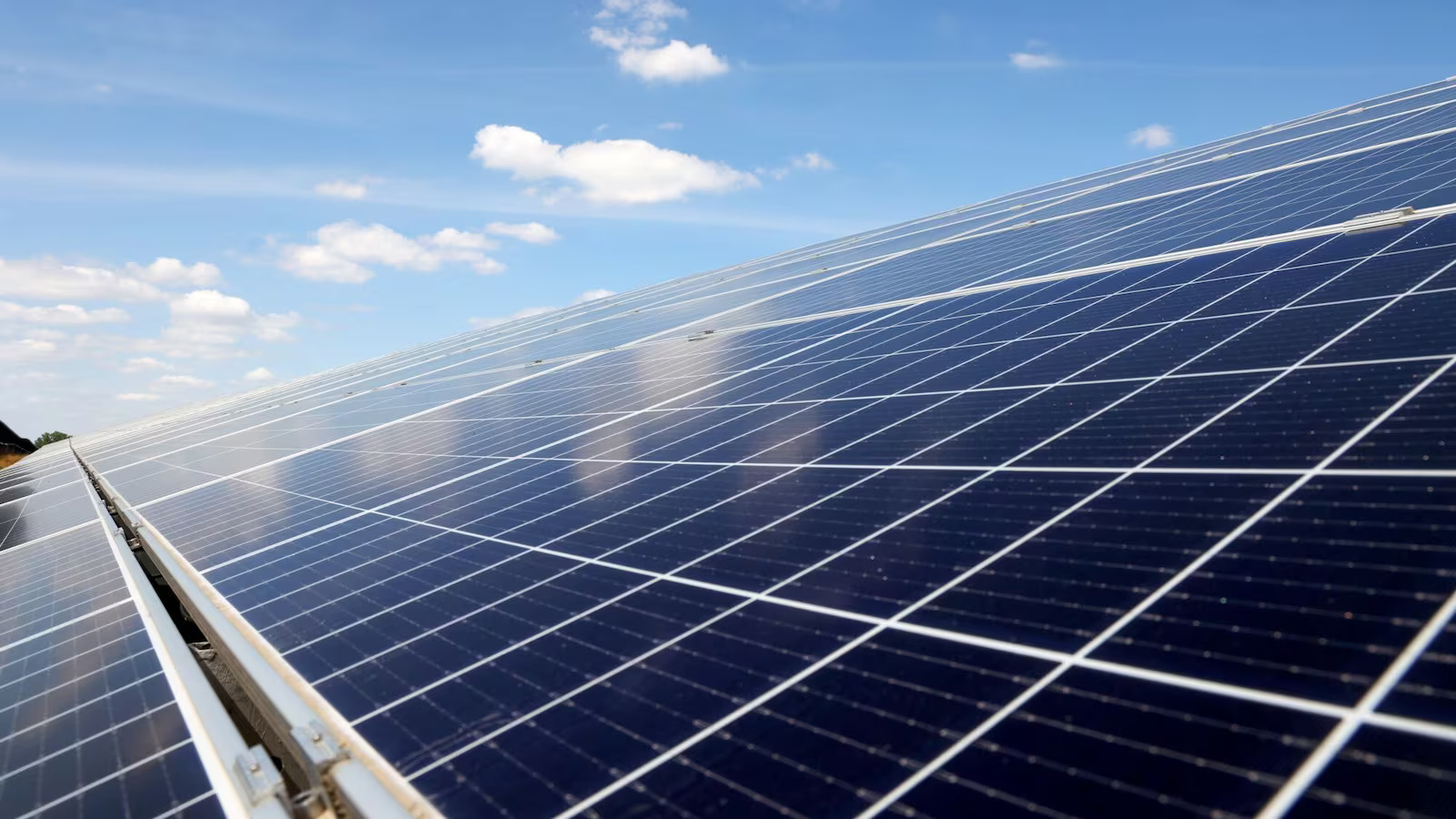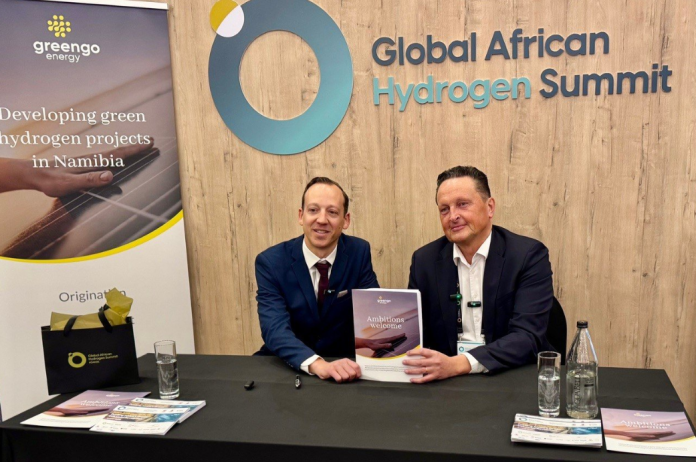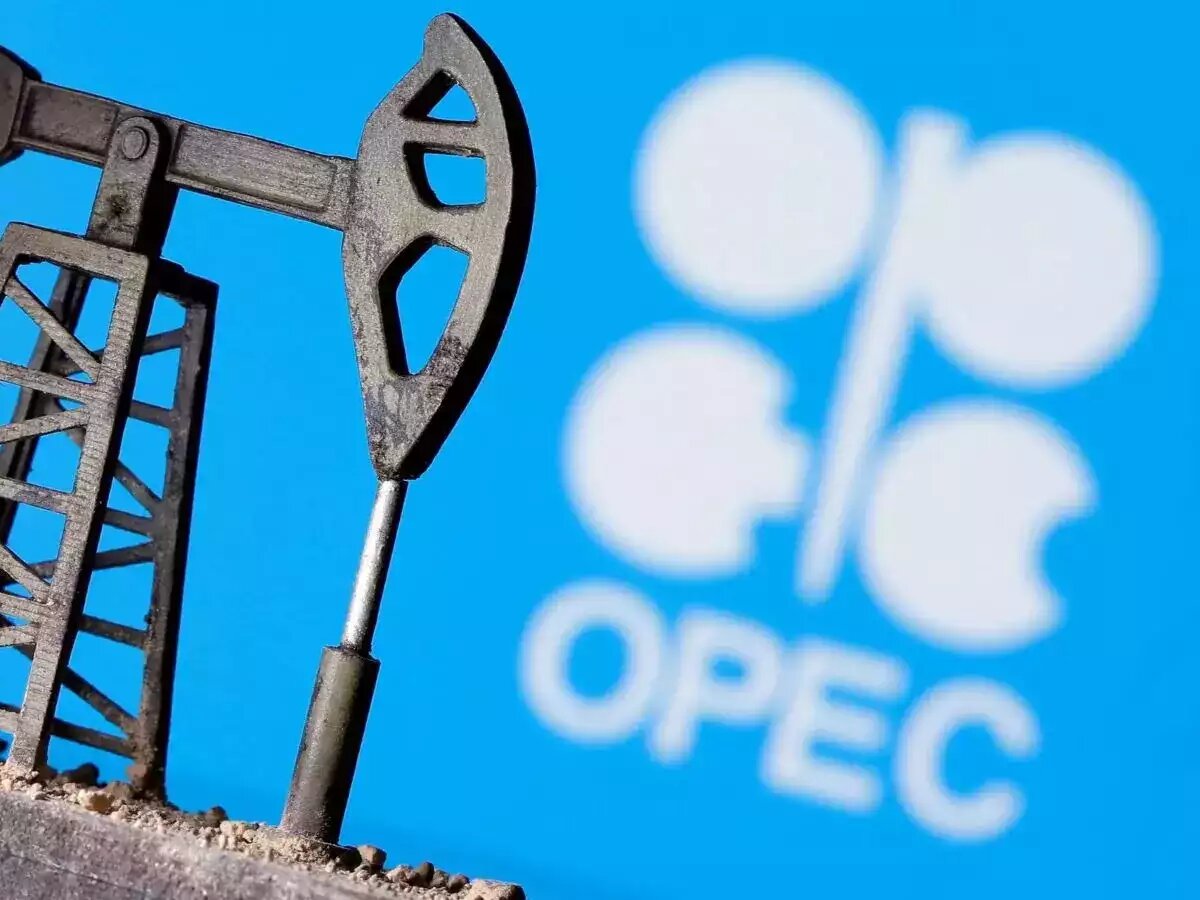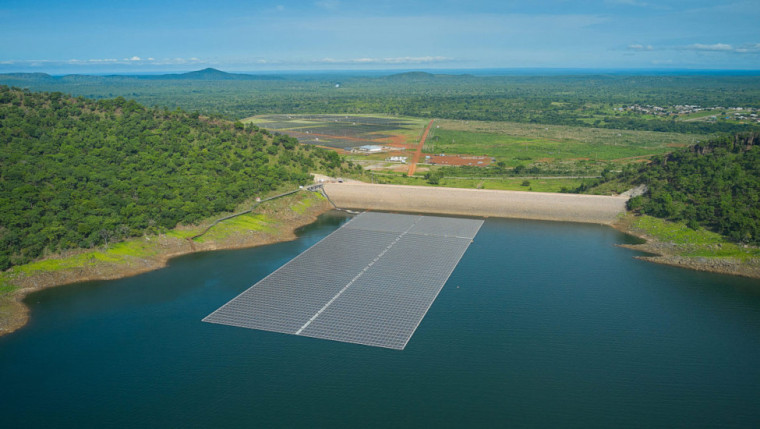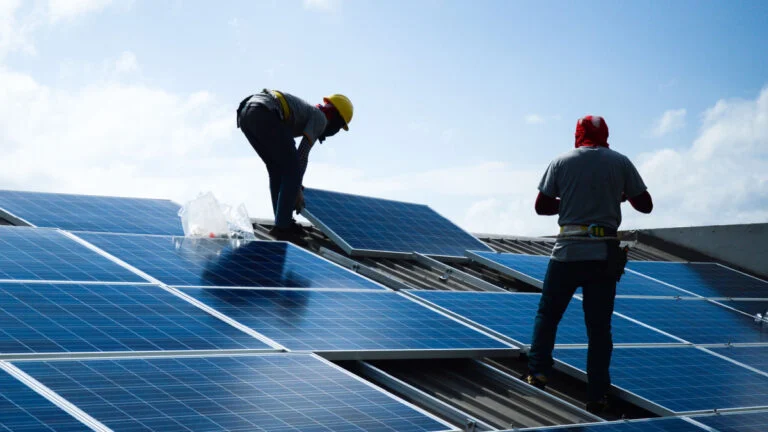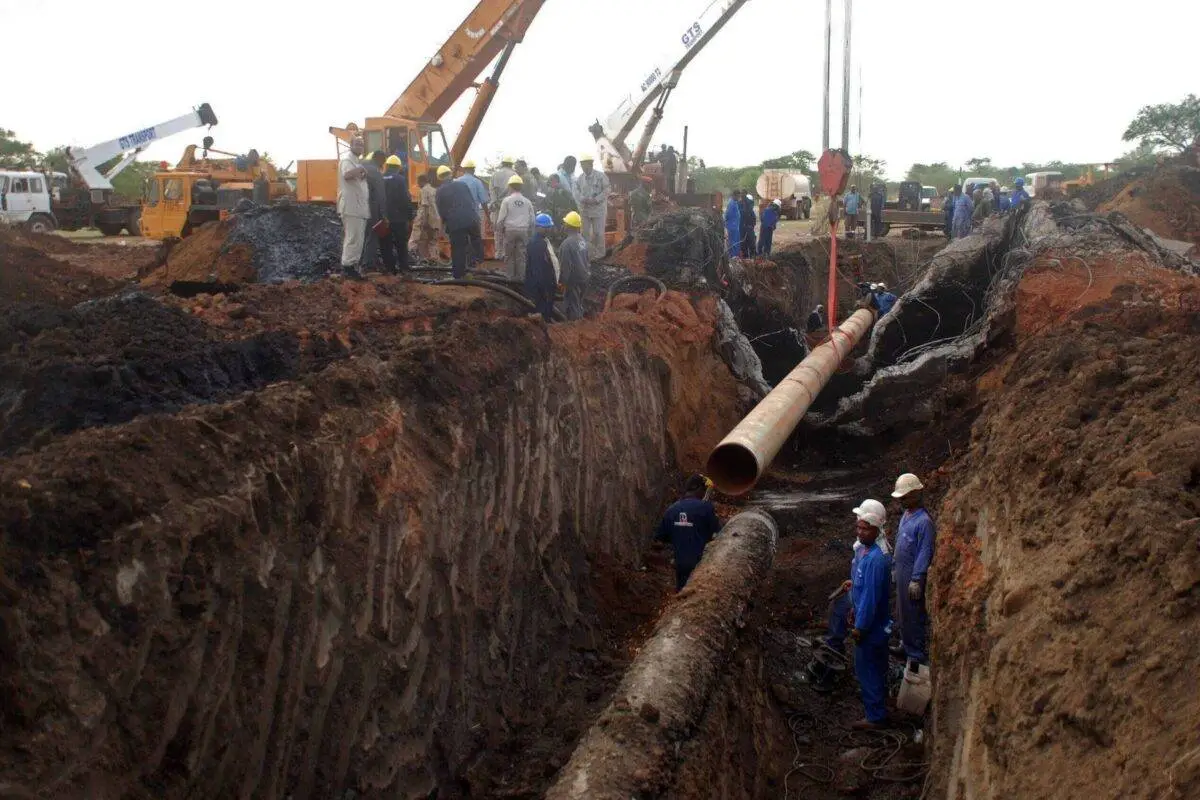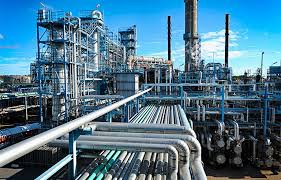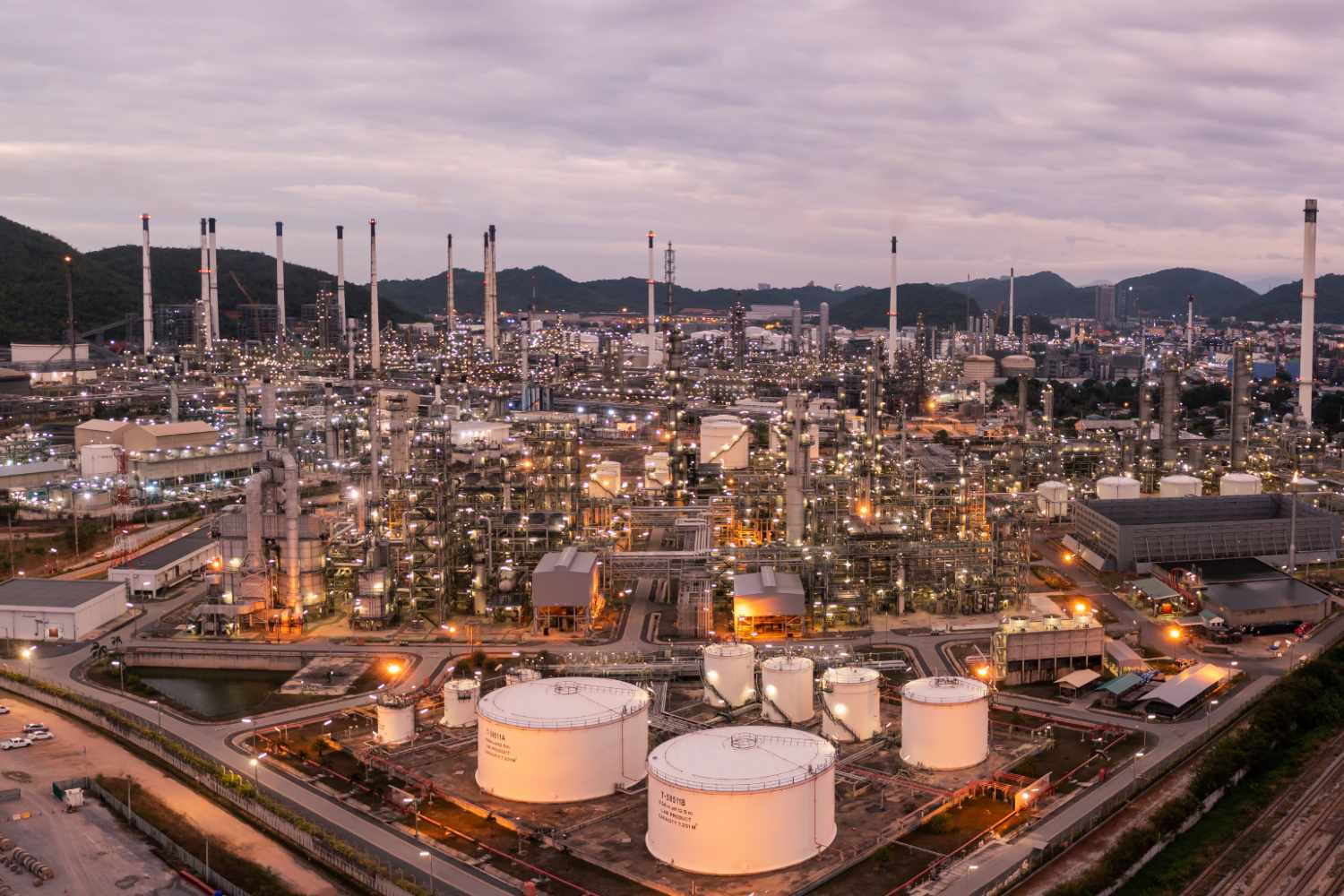The Gulf Cooperation Council (GCC) petrochemical industry is making significant strides in sustainability, balancing long-term environmental commitments with short-term economic realities, according to Dr. Abdulwahab Al-Sadoun, Secretary General of the Gulf Petrochemicals and Chemicals Association (GPCA).
In conversation with Oil & Gas Middle East, he says that over the past decade, the region’s chemical producers have notably improved their environmental performance.
Between 2013 and 2023, GPCA member companies achieved a 46% reduction in nitrogen oxides (NOx) emissions per unit of production and an 82% decline in sulphur oxides (SOx) emissions.
Carbon dioxide intensity dropped by 11.7%, overall greenhouse gas emissions decreased by 2%, and wastewater discharge was cut by nearly 88%. These results reflect a concerted industry effort to adopt enhanced emission controls and environmental technologies, according to Dr. Al-Sadoun.
To build on this momentum, he notes that GCC chemical companies plan to invest approximately $486 million in environmental technologies between 2023 and 2027.
Their focus areas include energy efficiency, carbon capture, and the adoption of low-carbon feedstocks such as hydrogen and ammonia. Circular economy initiatives are also gaining ground, supported by evolving regulations and collaborative efforts across the value chain.
Dr. Al-Sadoun further also highlights that industry leaders like SABIC and ADNOC have set ambitious carbon neutrality targets, aiming for net-zero emissions by 2050 and 2045 respectively.
“The GCC chemical sector is not only reducing its environmental footprint but aligning closely with national and global climate goals — positioning itself as a proactive player in the global transition to a low-carbon economy,” he says.
However, despite progress, challenges remain, as transitioning to sustainable operations requires high capital investment for re-engineering facilities, R&D, and renewable infrastructure.
Additionally, robust policy frameworks are essential to incentivise circularity, improve waste management, and encourage collaboration throughout the supply chain.
Addressing Scope 3 emissions — indirect emissions across suppliers, customers, and logistics — poses an additional layer of complexity for ESG strategies in the region. “Balancing the demands of a growing population with the need to transition to cleaner energy sources presents a strategic challenge, requiring innovation without compromising reliability or affordability,” Dr. Al-Sadoun notes.
He adds that navigating these complexities amid market fluctuations and feedstock volatility requires a careful balancing act. Regional petrochemical players are prioritising operational excellence and cost optimisation to maintain resilience while phasing sustainability investments over multi-year horizons to align with financial realities.
“The next few years are pivotal for the industry’s competitiveness,” Dr. Al-Sadoun says, adding that many companies are adopting dual-track strategies in an effort to remaining agile in the short term while building long-term capabilities through R&D, strategic alliances, and policy engagement.
He emphasises that integrating sustainability into core business strategies is crucial — not as a cost, but as a driver of growth and resilience.
The GCC’s regulatory environment also plays a critical role in supporting this transformation.
Progress has been made in aligning with global sustainability goals, but frameworks continue to evolve to facilitate the transition to a low-carbon, circular economy.
The GPCA is therefore actively advocating for policies that bolster competitiveness and sustainability, particularly in areas like circular economy, waste management, and enabling investment in advanced technologies such as carbon capture, hydrogen, and chemical recycling.
“Growing government engagement combined with our advocacy is steadily moving the region toward a more enabling policy environment for sustainable industrial growth,” Dr. Al-Sadoun states.
Looking ahead, the GPCA says the GCC petrochemical sector faces a landscape of both opportunities and risks over the next five to 10 years.
Capacity expansion and diversification are key opportunities. The industry is expected to add around 20.1 million tons of new capacity by 2028, with a strategic shift from basic chemicals and polymers toward higher-value agri-nutrients and specialty chemicals. This diversification aims to capture growing markets and improve value creation.
Sustainability and circular economy initiatives remain top priorities, with the GCC positioned to lead in carbon capture, hydrogen, and advanced recycling, supported by national net-zero strategies and global climate forums such as COP30 and INC-5.
Digital transformation also presents growth potential. Emerging technologies like artificial intelligence (AI), blockchain, and predictive analytics are enhancing supply chain resilience, operational efficiency, and emissions monitoring — critical factors in an increasingly volatile global market.
However, challenges loom. Moderate global demand growth, inflationary pressures, and regional economic headwinds could impact profitability and investment timelines. Carbon border regulations, such as the European Union’s Carbon Border Adjustment Mechanism (CBAM), pose export competitiveness risks and require alignment with global carbon pricing and reporting standards.
Scaling clean technologies and harmonising regional regulations with international ESG frameworks will remain ongoing imperatives. Supply chain disruptions stemming from geopolitical tensions, logistics bottlenecks, and raw material volatility will continue testing resilience.
Finally, balancing economic growth with environmental responsibility will require continued innovation and vigilance, particularly under increasing scrutiny from regulators and stakeholders.
Dr. Al-Sadoun concludes: “The GCC petrochemical sector’s future depends on its ability to integrate sustainability deeply into its business model, embrace innovation, and work within an evolving policy landscape to remain competitive and responsible on the global stage.”






